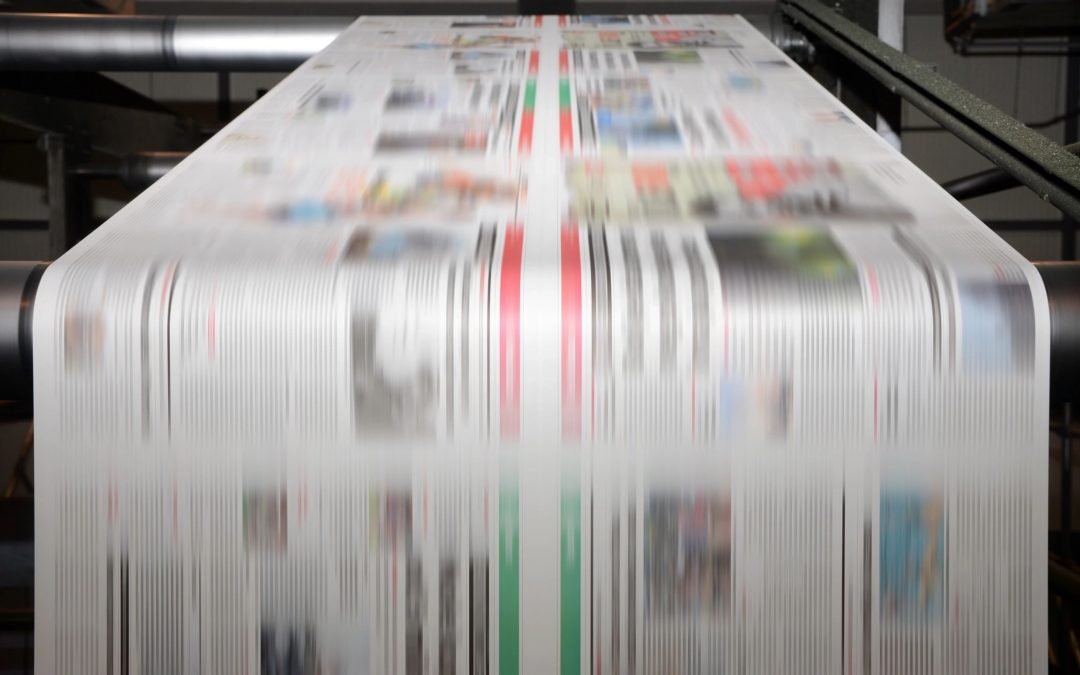By: Mike Lavine
On March 21, 2018 the PTAB issued a press release announcing that two decisions denying review under 35 U.S.C. § 325(d) are designated as informative:
- Kayak Software Corp.v. International Business Machines Corp., CBM2016-00075, Paper 16 (PTAB Dec. 15, 2016)
- Becton, Dickinson and Co. v. B. Braun Melsungen AG, IPR2017-01586, Paper 8 (PTAB Dec. 15, 2017)
Under § 325(d), when determining whether to institute inter partes or covered business method patent review, the PTAB “may take into account whether, and reject the petition or request because, the same or substantially the same prior art or arguments previously were presented to the Office.”
According to the press release, in Kayak the Board used its discretion under § 325(d) to deny review of the challenged patent claims because the Petitioner’s cited prior art was previously presented to, and extensively considered by, the Patent Office during prosecution. The press release also explained that the Petitioner’s incremental addition of an already considered reference did not avoid § 325(d), but that certain factors such as a limited prosecution history, clear errors in the prosecution, or the cursory consideration of the prior art may weigh against denial of institution under § 325(d).
The press release further stated that in Becton, the Board exercised its discretion under § 325(d) to deny institution of certain obviousness grounds after weighing the following non-exclusive list of factors: (1) the similarities and material differences between the asserted art and the prior art involved during examination; (2) the cumulative nature of the asserted art and the prior art evaluated during examination; (3) the extent to which the asserted art was evaluated during examination, including whether the prior art was the basis for rejection; (4) the extent of the overlap between the arguments made during examination and the manner in which Petitioner relies on the prior art or Patent Owner distinguishes the prior art; (5) whether Petitioner has pointed out sufficiently how the Examiner erred in its evaluation of the asserted prior art; and (6) the extent to which additional evidence and facts presented in the Petition warrant reconsideration of the prior art or arguments.
Takeaway: A patent’s prosecution history may be a good starting point for identifying useful prior art references, but Petitioners should avoid relying on them too heavily, especially where the references were substantively considered during prosecution. Reliance on previously considered prior art may be warranted due to prosecution errors, changed claim constructions, or other material evidence, so Petitioners should bring such evidence to the Board’s attention.

